Equipment
Greatest Ping irons of all time
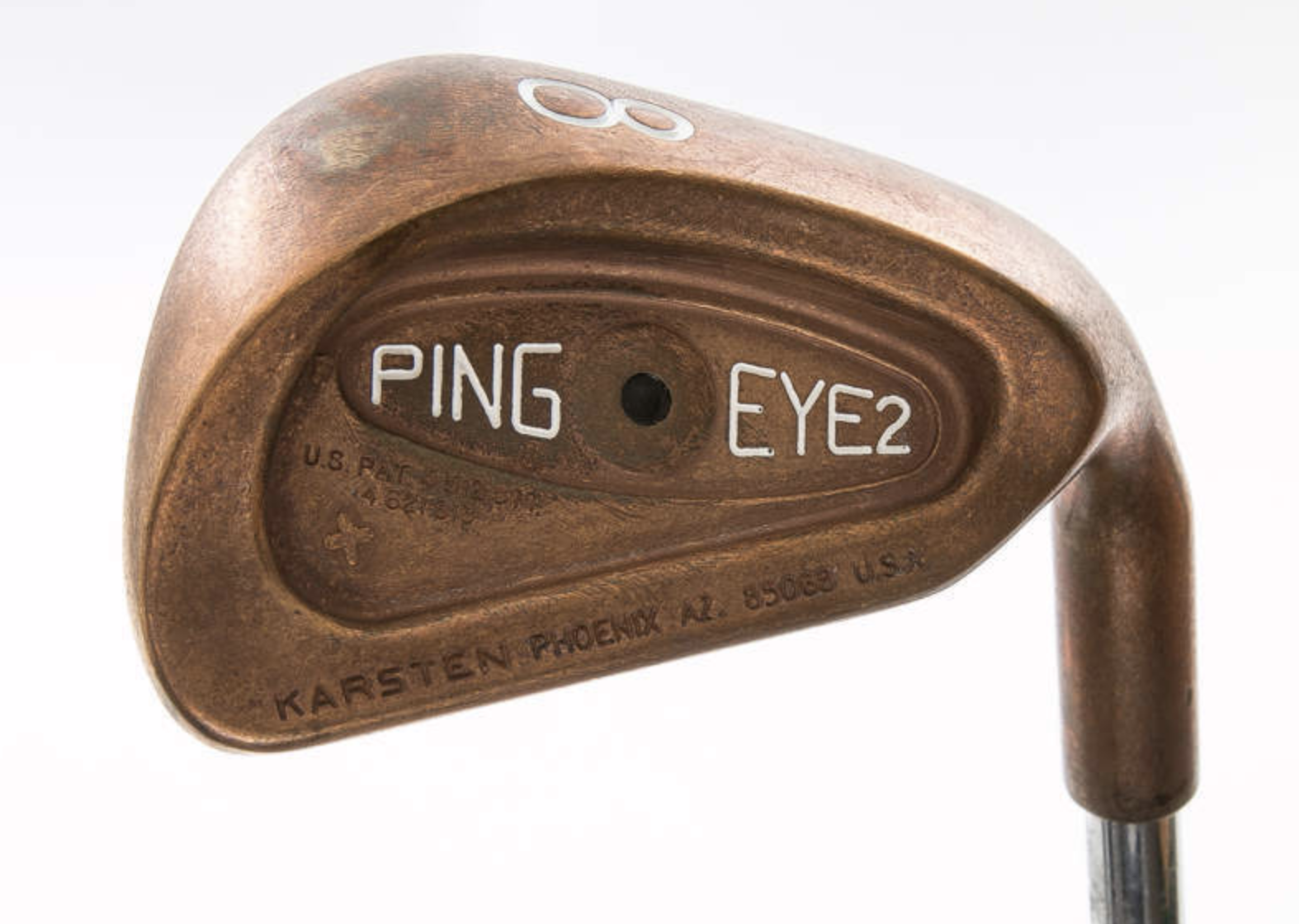
Ping Golf started as a family putter company simply working out of a garage. Today, it is one of the most forward-thinking, technology and data-driven golf companies in the world producing clubs in every category—all while still being 100-percent family-owned and operated. That’s something that can’t be said about any of the other major golf OEMs.
From a garage to an entire campus, which is what Ping likes to call its headquarters in Phoenix, Arizona, the company has produced some of the most iconic sets of irons ever made, and essentially invented game improvement clubs. And Ping still owns the title for producing the top-selling iron of all time. To look back at the history of Ping irons is to look at a timeline of constantly improving products and technology—and just like our other lists, some models stand out from the crowd.
These are the greatest Ping irons of all time.
Ping i3 (Blade & O-Size) – Released 2000
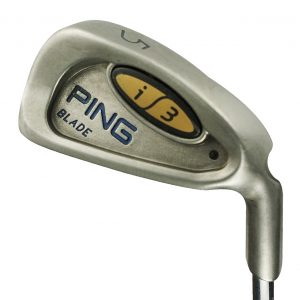
The Ping i3 makes its way onto this list for several reasons. It was the very first Ping iron to incorporate the CT—Custom Tuning Port—something that has become a staple in Ping designs. It was also the first series to offer both a smaller players version and a game improvement club in the i (eye) series with the i3 Blade and the i3 O-Size. The O-Size moniker was eventually retired with the introduction of the G series and the G2—a name that has become synonymous with easy-to-hit clubs.
As an “engineering” company first, the CTP allowed Ping to precisely control the clubhead weight without having to use tip weights in the hosels and up the shaft. Although it is common practice in club building, using tip weights shifts the center of gravity of the head closer to the hosel of the club (it is in no way a practical shift) or even noticeable, but from a design perspective, it exists, and Ping went the extra mile to reduce the effects.
The other thing the CTP did and still does to this day: eliminate unwanted vibration to improve the feel of the club. The i3 design was so popular, Ping only tweaked it with an improved sole when the i3+ launched two years later. The “Blade” head profile found a third life when it was brought back again years later with the i10.
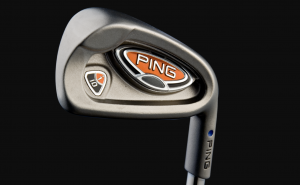
Ping S59 – Released 2003

The S-Series forever changed the way better players viewed Ping irons. The irons that kicked off the revolution were the Ping S59‘s—one of the smallest, lowest launching, most workable Ping irons ever made (until the Blueprints came along).
It’s not that lower handicap players didn’t like previous Ping irons, because they had full PGA and LPGA Tour rosters that had no issue, but what drove the S59’s development was a demand from younger players who were part of Ping’s substantial college program for a more blade-like design—something Ping had never done before.
The key design element of the S59 is the stabilizing bar across the cavity above the CTP. It helps with producing a solid feel and precise distance control. Not long after the original S59, a newer version came along that was essentially the same club but with different aesthetics including a buffed sole and back along with for the very first time on a Ping iron—a ferrule!
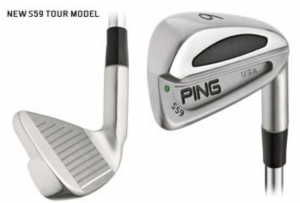
A couple of fun facts on the S59s
- Bubba Watson famously used them for over a decade on tour. As a player with no shortage of clubhead speed that loves to work the ball, he found no advantage to the newer models that boosted MOI until the S55.
- In 2004, Ryan Moore used S59s irons to accomplish one of the most impressive seasons of amateur golf in the modern era when he won the U.S. Amateur (USGA), the Western Amateur (WGA), the U.S. Amateur Public Links (USGA), and the NCAA individual championship.
Ping ISI – Released 1998
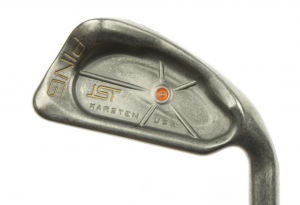
The Ping ISI represents a bygone era of Ping irons. They were one of the last designs released before the CTP was introduced, and they were also the last series of irons that were produced in three different materials at varying price points: stainless steel, nickel, and BeCu beryllium copper.
The starburst pattern in the back cavity created extra stability behind the thinner face to improve feel, and there are subtle design cues to the Zing with the oversized toe and heel pieces to boost MOI.
There was a second version, the ISI K, which only came in stainless steel and was a larger head shape to the standard ISI. There are still one of the most popular irons of that era, but like many Ping irons of the ’90s they forever lived in the shadow of the Eye 2 and the many versions that were launched.
Ping Rapture – Released 2006
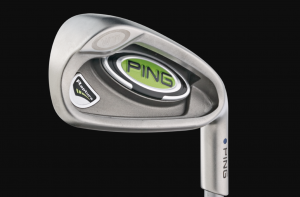
The Rapture irons earn their place on this list for what they represent in Ping’s iron and company history. The Rapture irons were the very first Ping irons to utilize a multi-material construction by combining a stainless steel body, thin titanium face, and tungsten toe weight to create the highest MOI iron Ping had ever produced to that point. The entire Rapture line was introduced as a separate premium line of clubs in 2006 and also showcased Ping’s first carbon composite crown driver.
From a company history perspective, the Rapture irons were also the very first irons to be made overseas. Up until 2006, every single Ping iron was produced in Ping’s own privately owned casting facility Dolphin, Inc (side note they manufacture products for several industries outside of golf and recently moved into a new facility just a couple of years ago when their previous plant was in the way of highway expansion).
Technology in the Rapture irons eventually trickled down to other club designs—like the S57’s, released in 2009, which had the same tungsten toe weighting to increase MOI in the much smaller shaped S-Series iron.
Ping Eye 2 – Released 1982
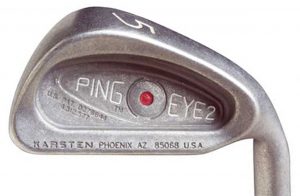
Buckle up for this history lesson!
The Ping Eye 2 is the best-selling set of irons of all time…period. I could write pages on this iron design and the simple brilliance of it. It was also the first Ping iron to be offered in beryllium copper (see title image).
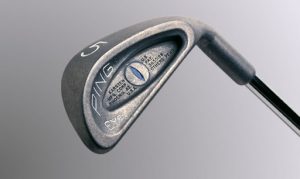
The design was originally introduced in 1982 as the follow-up to the original Ping Eye iron, which got its name from the eye-shaped cavity that created the perimeter weighting. The Eye 2‘s were produced for over a decade and went through several iterations in shape, sole profile, and groove designs—the first being in 1984 when they upgraded from V to U grooves to increase spin consistency.
Then in 1985, Ping introduced what is known as the “square groove model.” The groove design itself is identical to the “U groove” with the only changes occurring in the spacing of the grooves on the face and a slight radius added. This reduced the surface area between the groove but did not change the distance between the inside edges of the grooves, which Karsten believed as an engineer was the proper way to measure groove spacing and not at the top of the radius—it was well within the rules of golf.
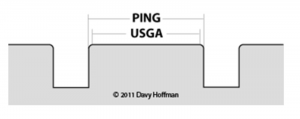
Unfortunately, the USGA and Karsten didn’t see eye to eye (no pun intended) on the grooves and this created one of the most monumental lawsuits in the history of golf. Here is the CliffsNotes version
- After already being in production for several years with tens of thousands of sets sold, it was well documented that Ping Eye 2 irons seemed to spin a ball more than other irons. At the timem USGA regulations for golf equipment didn’t have a specific method to measure grooves, and Karsten measured from their vertical walls (see above graphic), while the USGA measured the groove from where the groove radius met the face. The variance between the two measuring methods was .005 inch, but the USGA still wanted to deem then non-conforming.
- The famous shot that really caused this to get out of hand was an 8-iron from the rough hit by Mark Calcavecchia at the 1989 Open Championship at Troon that not only hit the green but almost sucked back—out of the rough!
- Karsten decided to take the USGA to court and in August, 1989, sued the USGA and the R&A for $100 million on the grounds of restraint of trade. Karsten Manufacturing (Ping) settled out of court with the USGA in 1991.
- Karsten brought a similar $100 million lawsuit towards the PGA Tour in 1991 after they attempted to enact a local rule that Eye 2’s could not be played on tour. Both Jack Nicklaus and Arnold Palmer (who we should note didn’t use Ping irons) were on the side of the Tour. The Tour was seriously concerned about the financial damage the lawsuit would have if they lost.
- Most of the golfing world had sided with Ping in the court of public opinion, and only six days before the lawsuit was scheduled to go to trial, Karsten Solheim changed his mind and agreed to settle out of court. No money, beyond lawyers fees, was ever paid, and in return Karsten only required the USGA along with the PGA Tour grandfather in the Eye 2 model in question, made from 1985 to 1989. This is why when the USGA officially changed the groove rule in 2010 some players went back to the last ’80s model Ping wedges because they were still conforming based on the 1991 lawsuit.
During all of this, Ping Eye 2 irons continued to sell extremely well, which is why, to this day, it’s difficult not to come across a set at either a local muni, used club rack, or even the odd club at a swap meet. They were seemingly everywhere and helped make Ping the company it is today.
Soon after, the Eye 2+ (Plus) model was introduced with an improved sole design, and with it one of the most famous wedges of all time was born. Check out the video below for the full explanation by yours truly.
GolfWRXers, what is your favorite Ping iron of all time?
- LIKE961
- LEGIT78
- WOW43
- LOL15
- IDHT14
- FLOP18
- OB15
- SHANK27
Whats in the Bag
Eric Cole WITB 2024 (March)
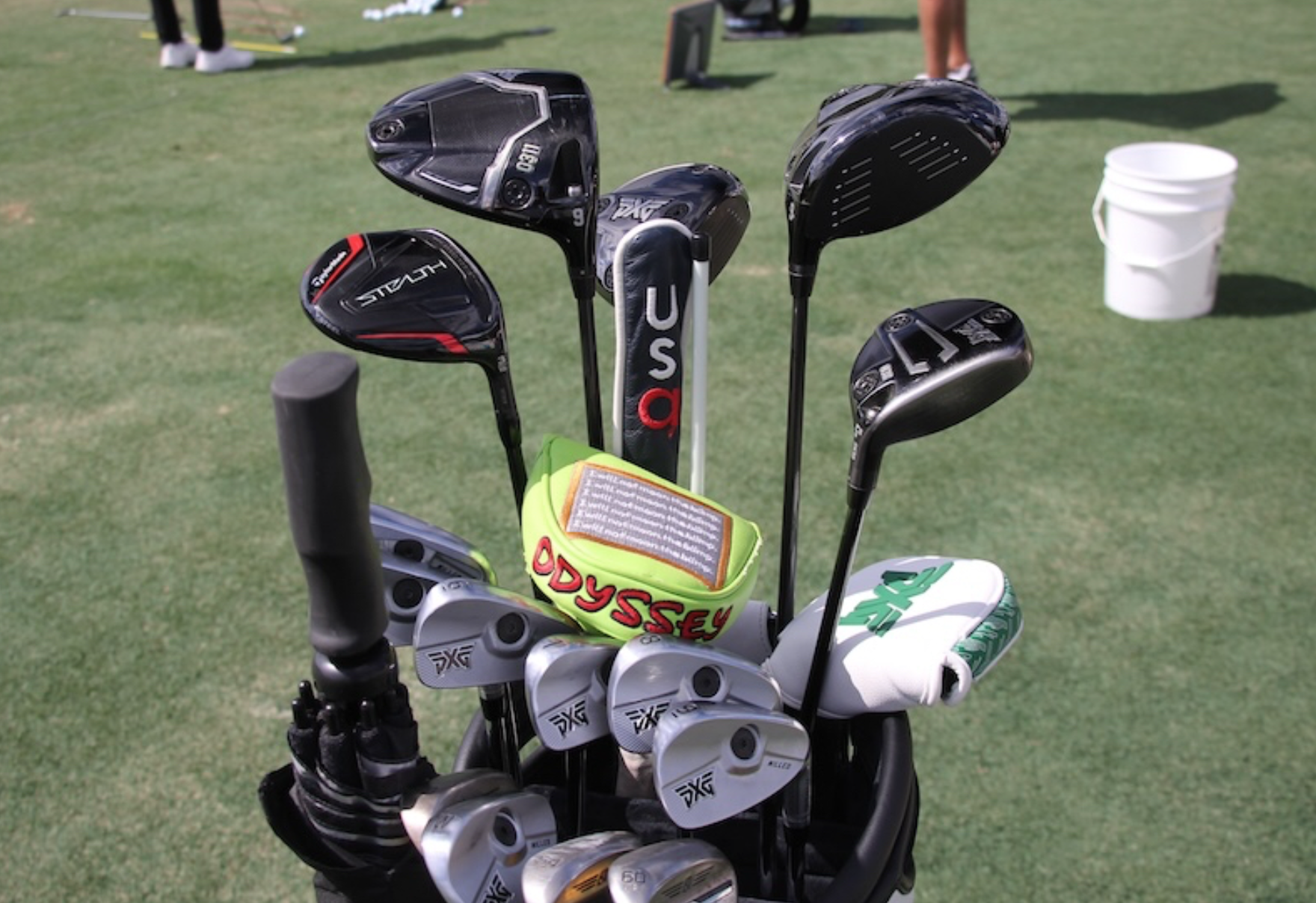
- Eric Cole what’s in the bag accurate as of the Cognizant Classic.
Driver: PXG 0311 Black Ops (9 degrees)
Shaft: Project X Even Flow Riptide LX Proto 70
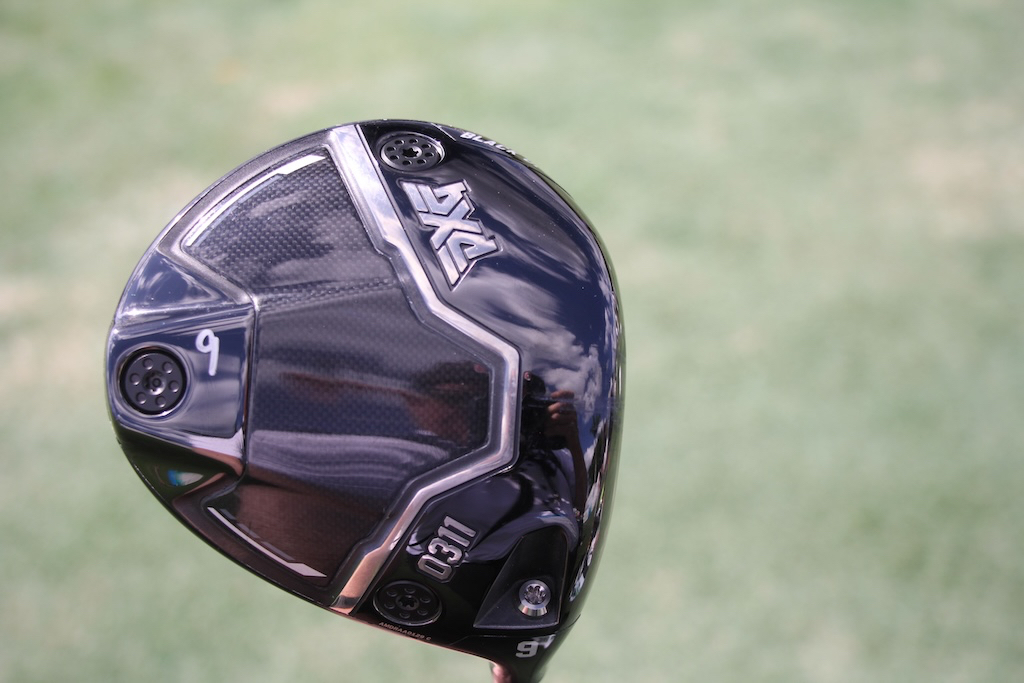
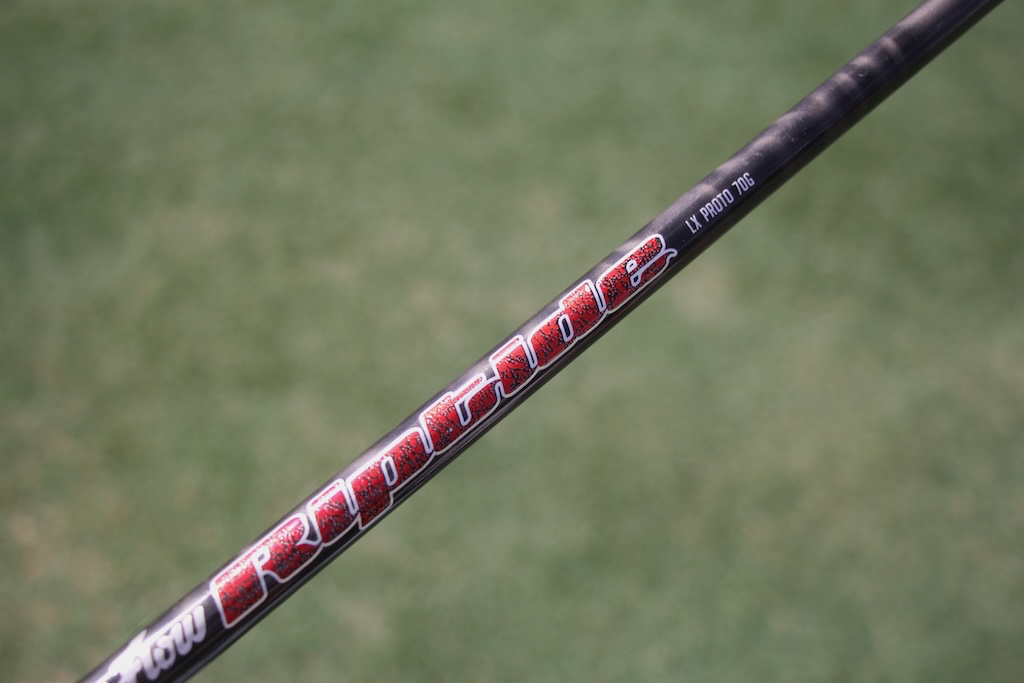
3-wood: PXG 0311 Black Ops (15 degrees)
Shaft: Project X Denali Black 70 TX
3-wood: TaylorMade Stealth (15 degrees)
Shaft: Project X Denali Black 70 TX
5-wood: PXG Gen5 0311 (18 degrees)
Shaft: Project X HZRDUS Black 95 TX
Irons: PXG 0317 CB (4), PXG 0317 ST (5-PW)
Shafts: True Temper Dynamic Gold Tour Issue X100
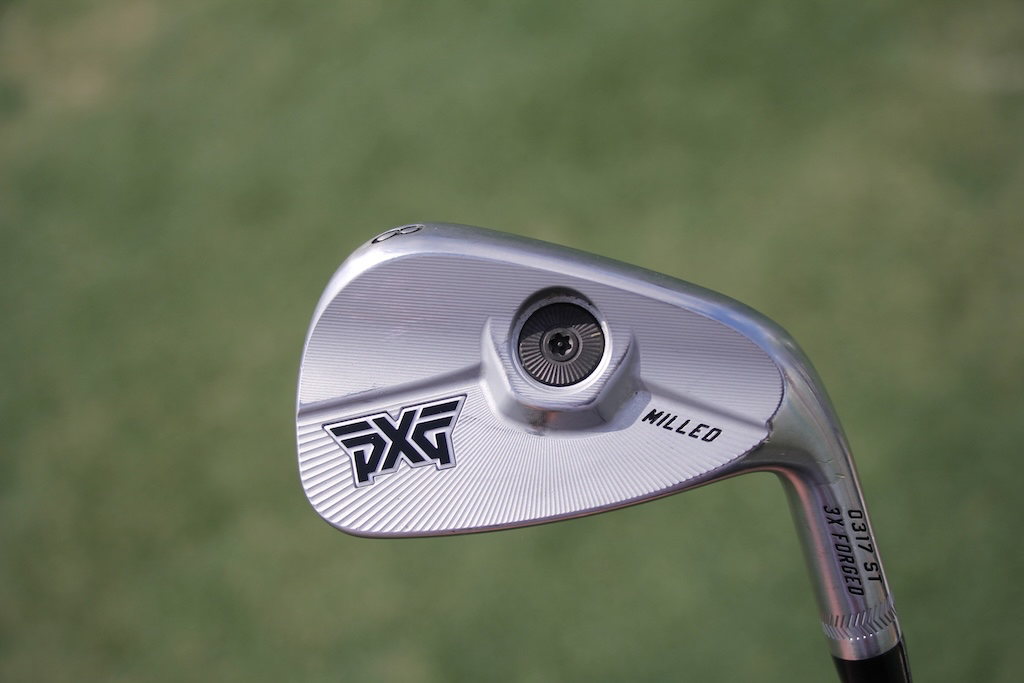
Wedges: Vokey Design SM10 (50-12F, 54-10S, 60-04T)
Shafts: True Temper Dynamic Gold Tour Issue S400
Putter: PXG Battle Ready II Bat Attack, Odyssey O-Works 2 Ball CS
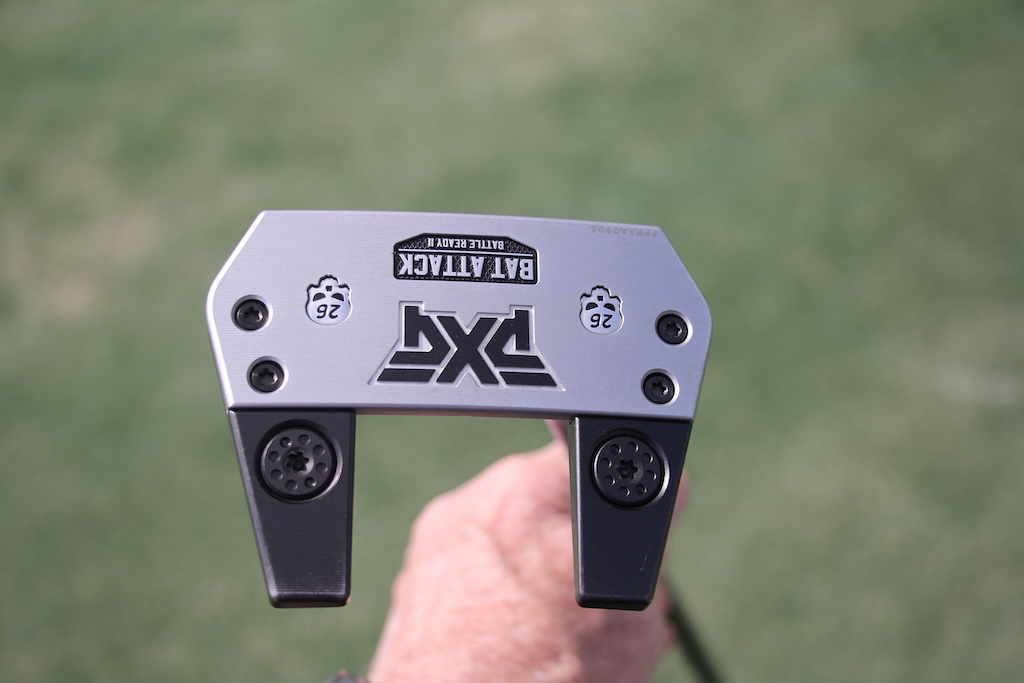
Ball: Titleist Pro V1x
- LIKE0
- LEGIT0
- WOW0
- LOL0
- IDHT0
- FLOP0
- OB0
- SHANK0
Whats in the Bag
Rose Zhang WITB 2024 (March)
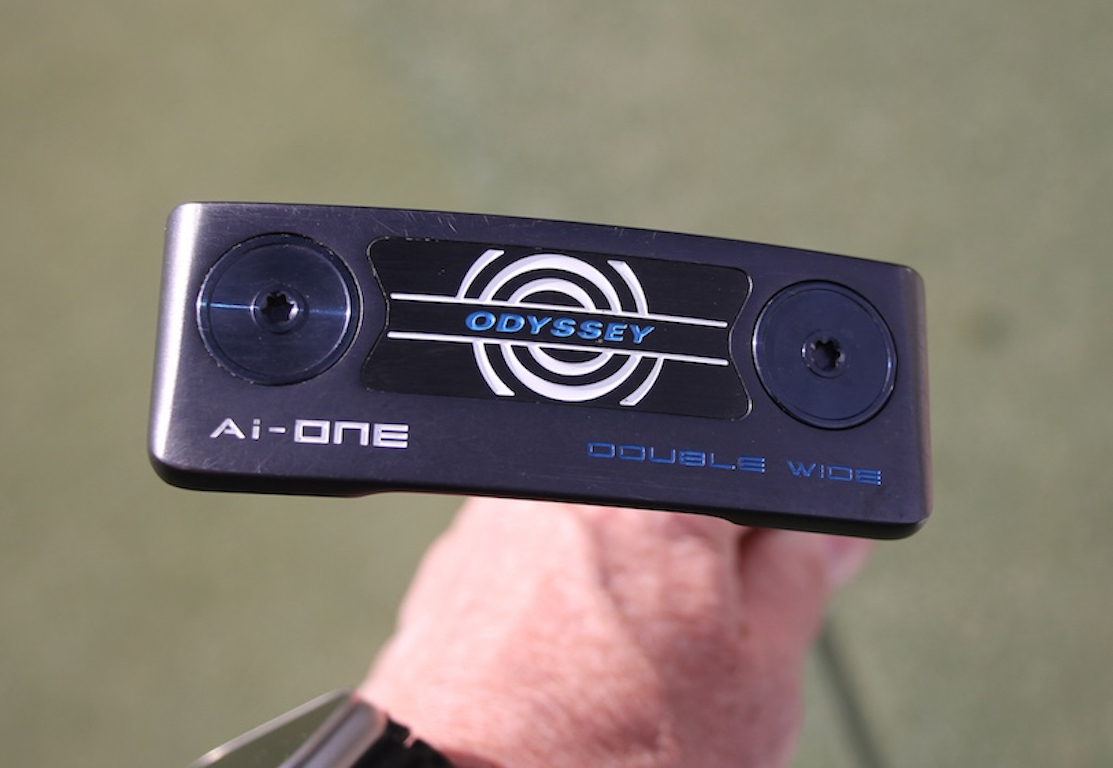
Driver: Callaway Paradym Ai Smoke Triple Diamond (9 degrees @9.5)
Shaft: Fujikura Ventus Red 5 S (45.5 inches)
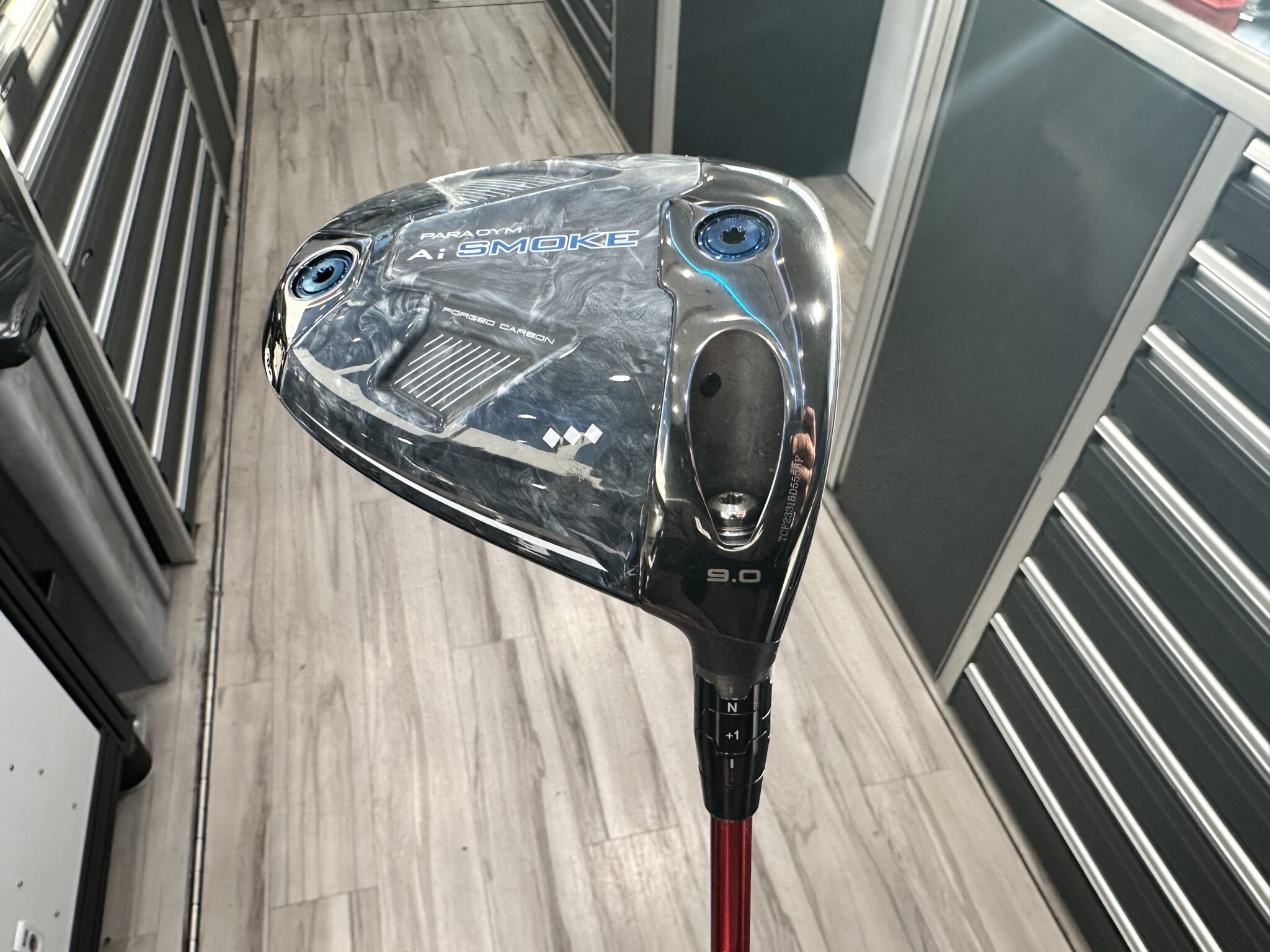
(Photo via Callaway Golf)
3-wood: Callaway Paradym Ai Smoke Max (15 degrees @14.5)
Shaft: Fujikura Ventus Red 6 S (43 inches, tipped 1 inch)
5-wood: Callaway Paradym Ai Smoke Max (18 degrees)
Shaft: Fujikura Ventus Red 6 R (42 inches, tipped 1 inch)
Hybrid: Callaway Paradym Ai Smoke (21 degrees @22)
Shaft: KBS Tour Hybrid 75 R
Irons: Callaway X-Forged Star Japan (5-PW)
Shafts: Nippon 850GH R
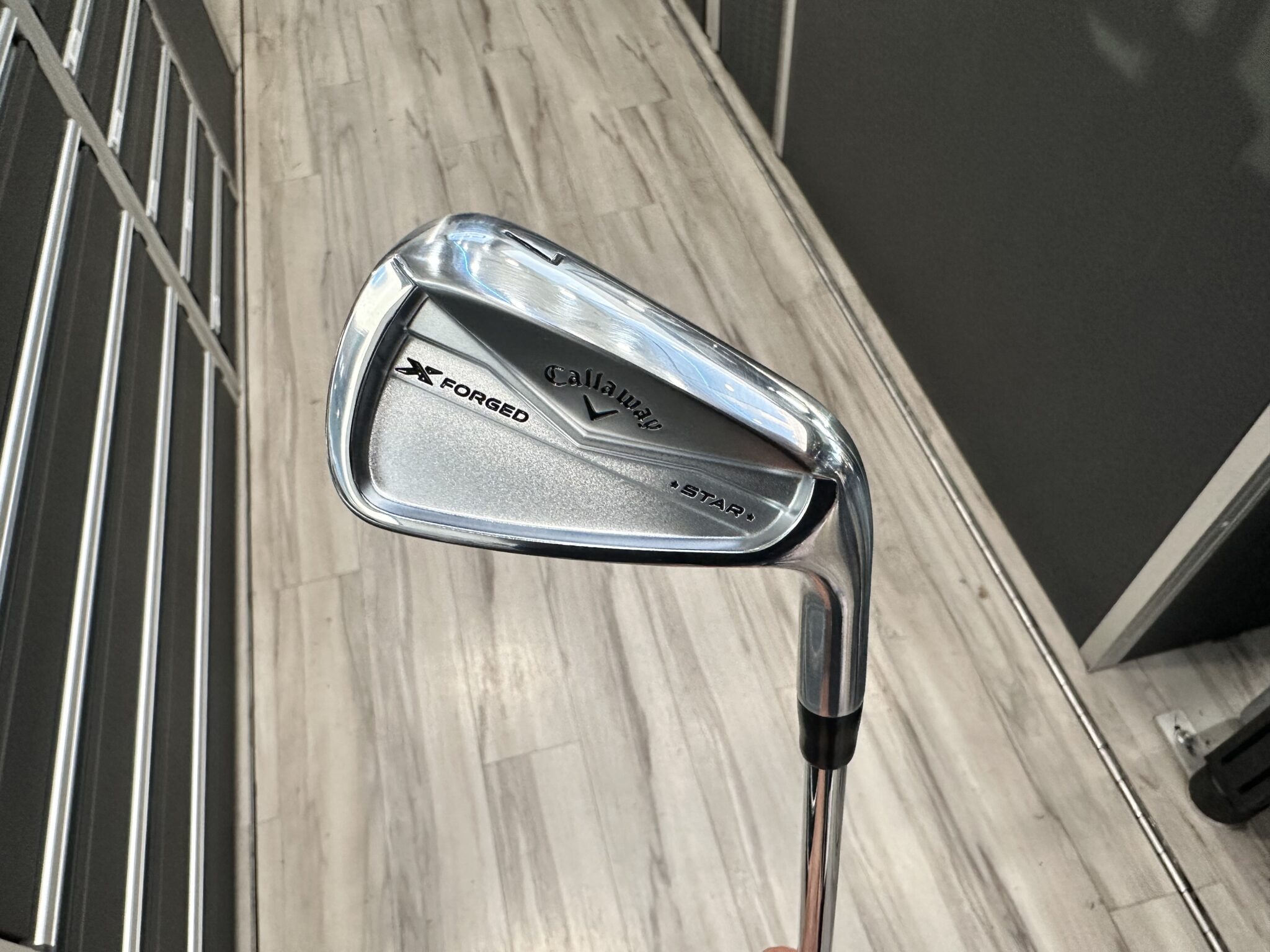
(Photo via Callaway Golf)
Wedges: Callaway X-Forged Star Japan A (49), Callaway Jaws Raw (54-10S, 58-08C)
Shafts: Nippon 850GH R
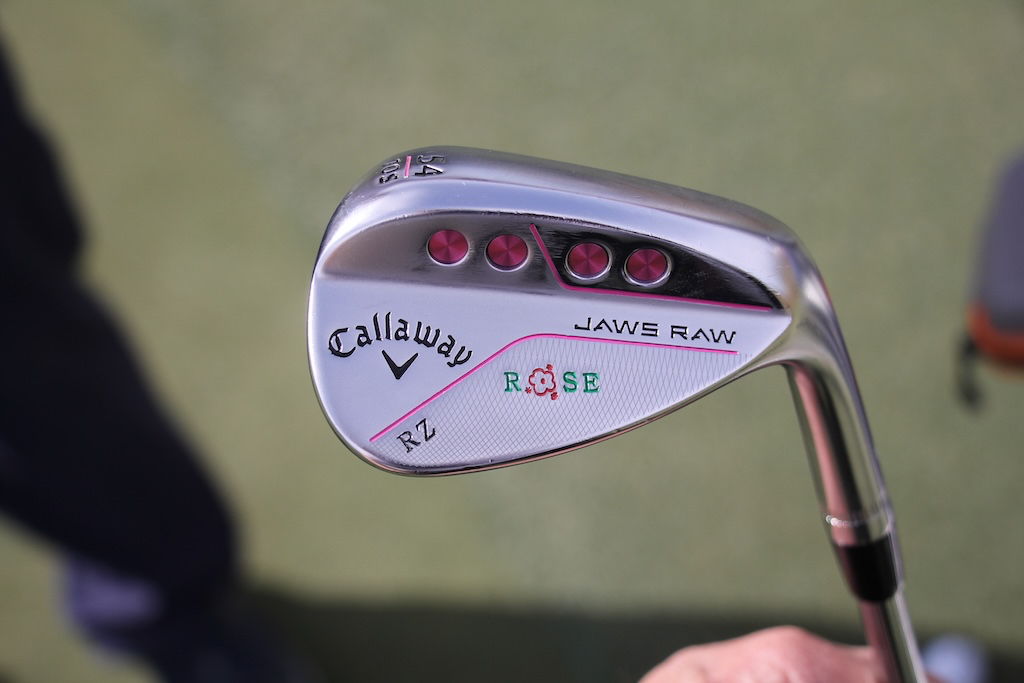
Putter: Odyssey Ai-One Double Wide
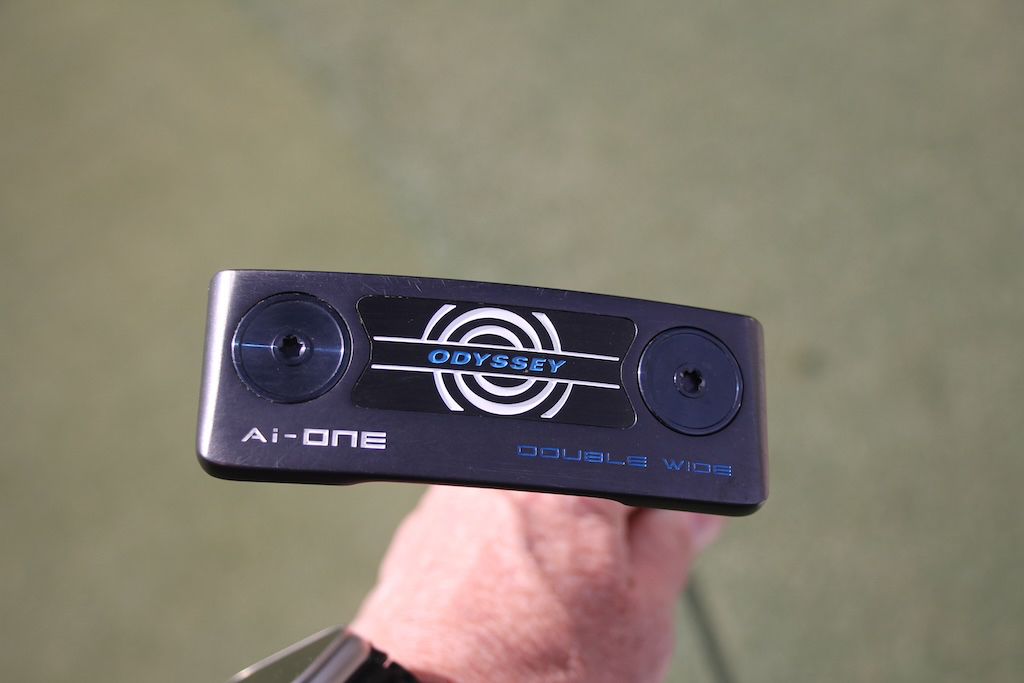
Grips: Golf Pride Tour Velvet
Ball: Callaway Chrome Tour X+
- LIKE1
- LEGIT0
- WOW1
- LOL0
- IDHT0
- FLOP0
- OB0
- SHANK0
Equipment
Best fairway woods of 2024: Expert club fitters recommend the most versatile and forgiving options
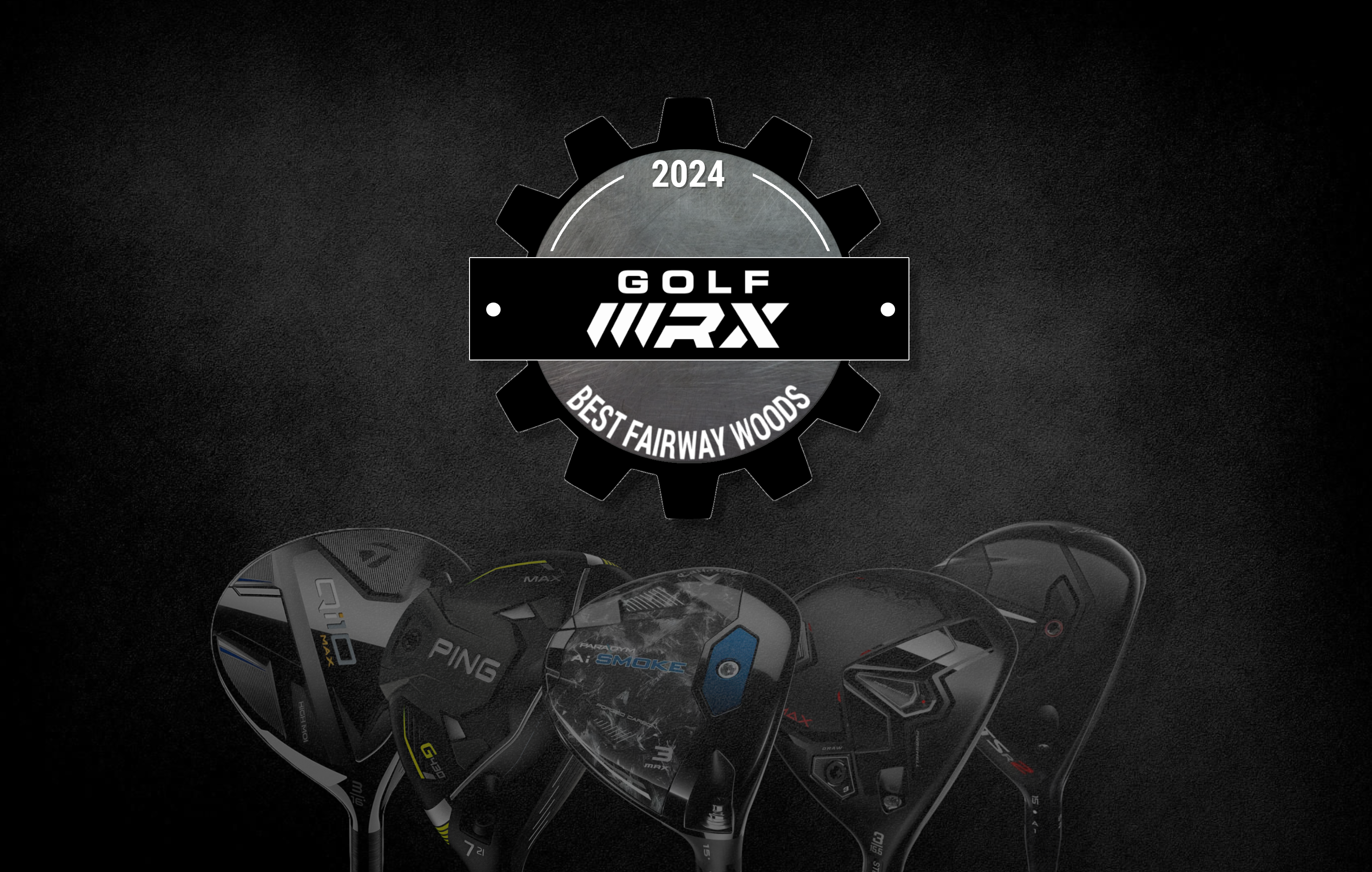
Whether it be hitting approach shots into longer par 4’s and par 3’s, going after par 5’s in two, or just trying to hit more fairways off the tee — finding the best fairway wood of 2024 to fit your needs is a must as you fill your golf toolbox.
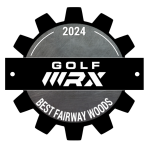 Looking at the best fairway wood playing field for 2024, we continue to see more fairway wood options from every manufacturer. What used to be a single model release has been expanded to three — and in some cases even four — driver D.N.A.-infused models to fit specific player types.
Looking at the best fairway wood playing field for 2024, we continue to see more fairway wood options from every manufacturer. What used to be a single model release has been expanded to three — and in some cases even four — driver D.N.A.-infused models to fit specific player types.
These new fairway woods impress us with their ability to utilize new technology and construction methods to go faster, and further, while also offering never-before-seen levels of forgiveness. It’s now easier than ever to find the right one that matches your swing.
That being said, ultimately the best way to find the best fairway woods for you is to work with a professional fitter using a launch monitor. The difficult part is a lot of people don’t have easy access to fitters, launch monitors, and club builders — so at GolfWRX — with the help of our panel of expert fitters — we have done a lot of the work for you to narrow down your short list of fairway woods to demo.
Best fairway woods 2024: The categories
We have broken our 2024 best fairway wood list into two categories.
- Best fairway wood for golfers seeking forgiveness
- Best fairway wood for golfers seeking versatility
We selected this format for fairway woods in cooperation with fitters because every golfer prioritizes one of these two elements, regardless of age, handicap, or sex. And for many golfers, forgiveness is the number one factor when selecting a fairway wood.
Most versatile fairway woods of 2024

Ping G430 Max
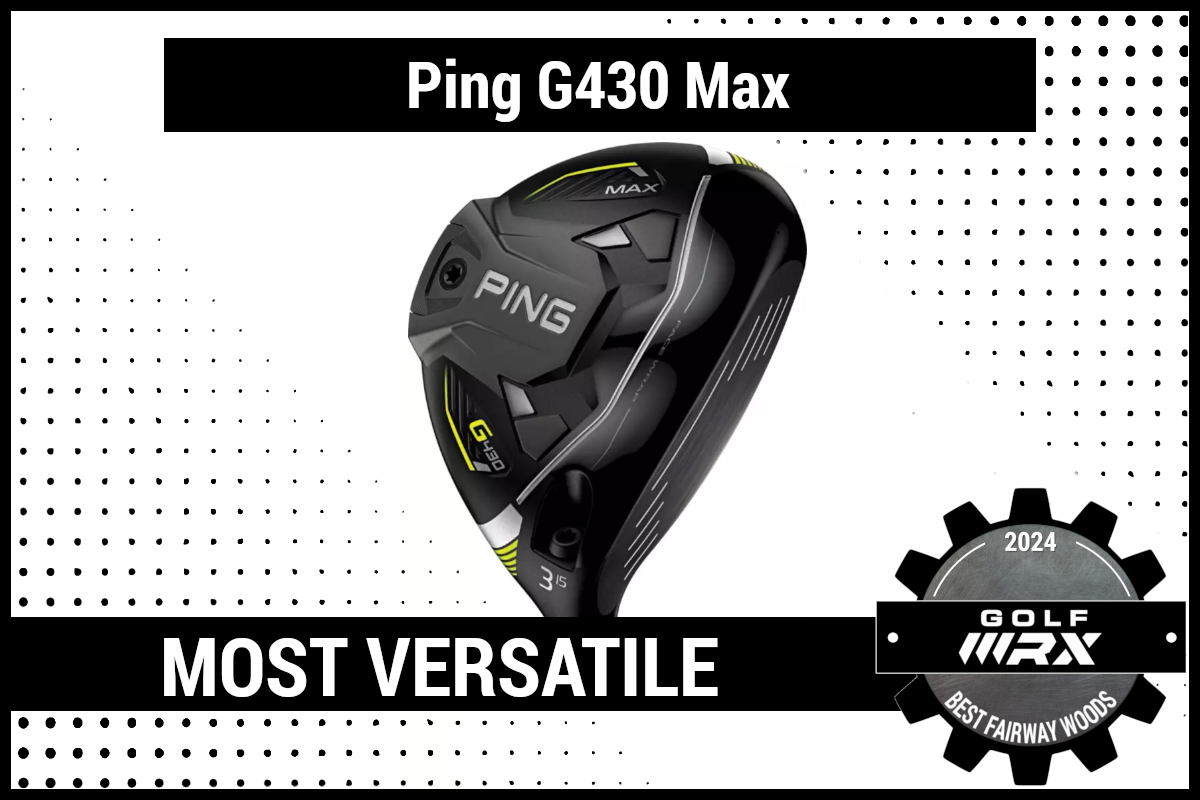
Ping developed Carbonfly Wrap in a bid to deliver more distance by positioning the CG closer to the face to maximize ball speed, resulting in higher, longer carries. The lightweight composite crown wraps into the heel and toe sections of the skirt, creating weight savings of 10 grams, which are reallocated to achieve the lower CG and increase ball speed. The composite also plays a role in the pleasing sound, while a tungsten backweight extends the perimeter weighting to ensure forgiveness.
For the full technology breakdown, check out our launch piece.
Callaway Paradym Ai Smoke Max
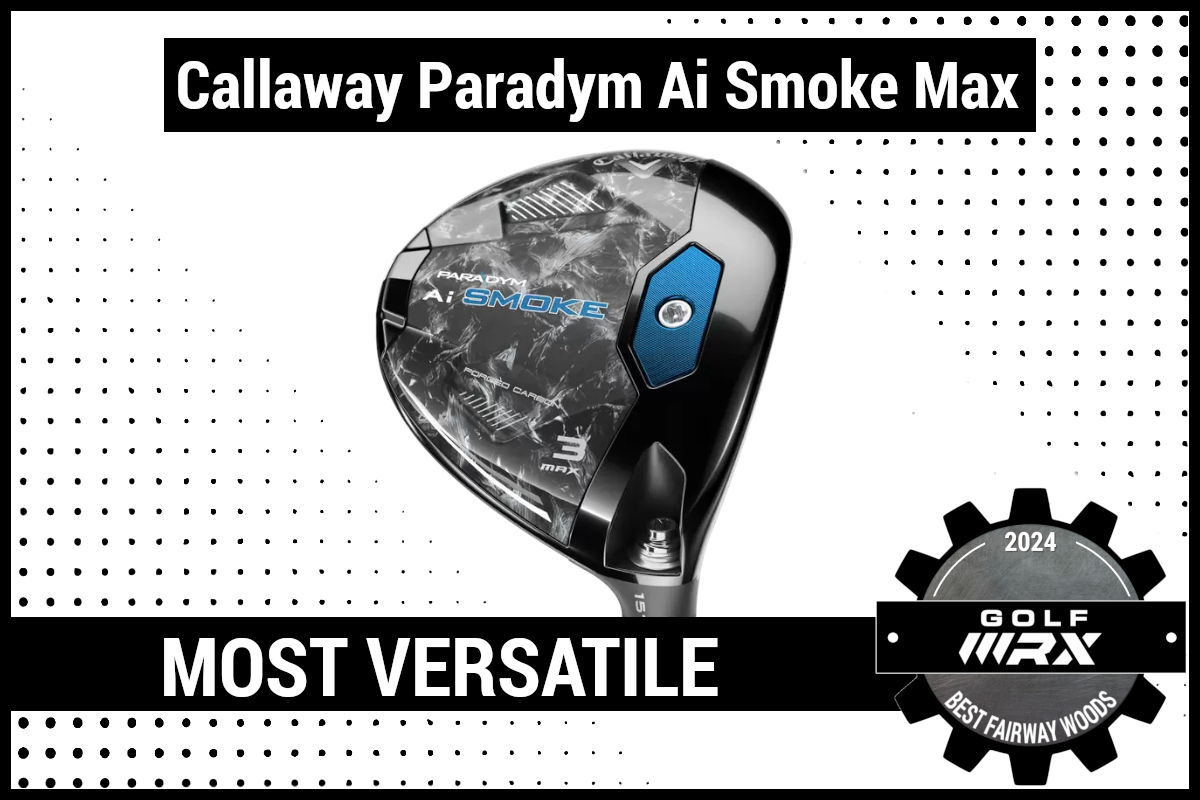
Ai Smart Face — the centerpiece of Callaway’s Paradym Ai Smoke drivers — is also the key technology of new Callaway Paradym Ai Smoke fairway woods and hybrids. As with the drivers, the carbon chassis is lighter, allowing for 24 grams of weight to be redistributed throughout the head for enhanced launch, spin, and forgiveness. As utilized in Paradym, engineers leverage a tungsten speed cartridge to push CG low and forward.
For the full technology breakdown, check out our launch piece.
Titleist TSR2
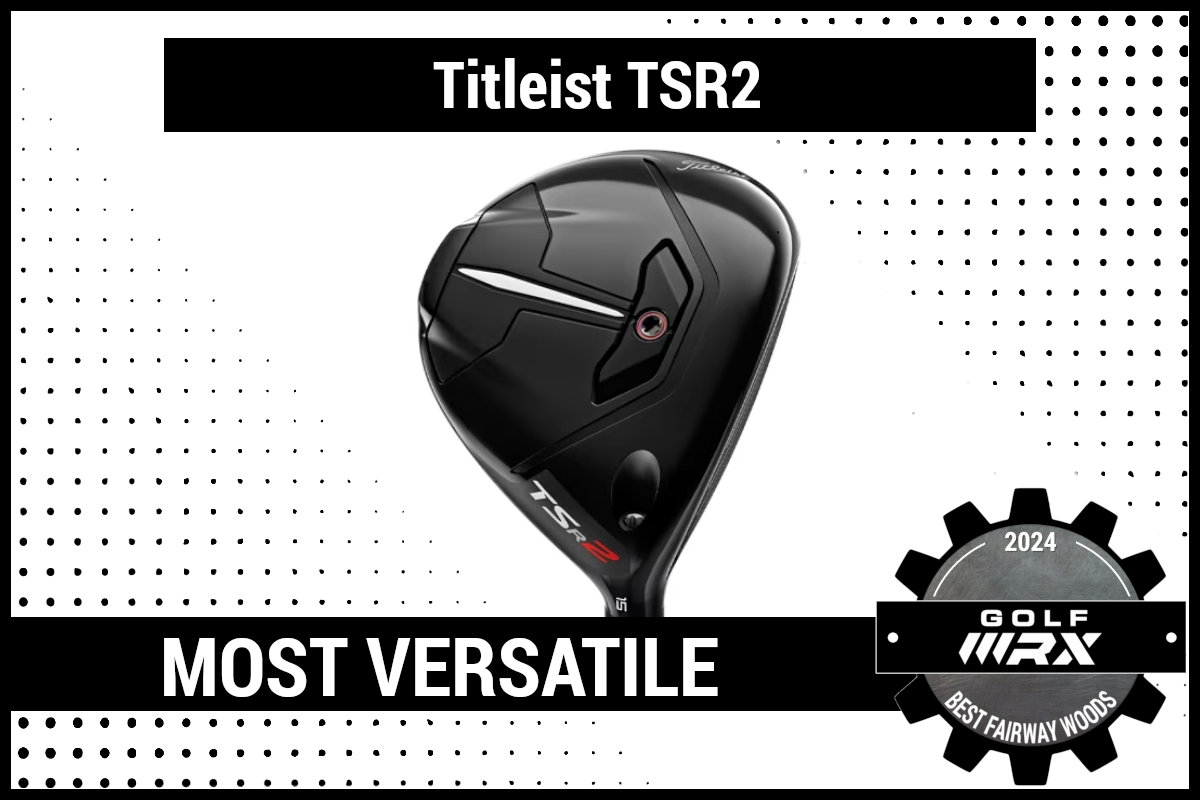
TSR2 fairways feature the lowest CG in Titleist history for an all-steel construction designed to create speed and launch without excessive spin. New Open Hosel Construction created space for sizable improvements to key areas of performance by removing unwanted weight high and towards the heel.
For the full technology breakdown, check out our launch piece.
TaylorMade Qi10 Tour
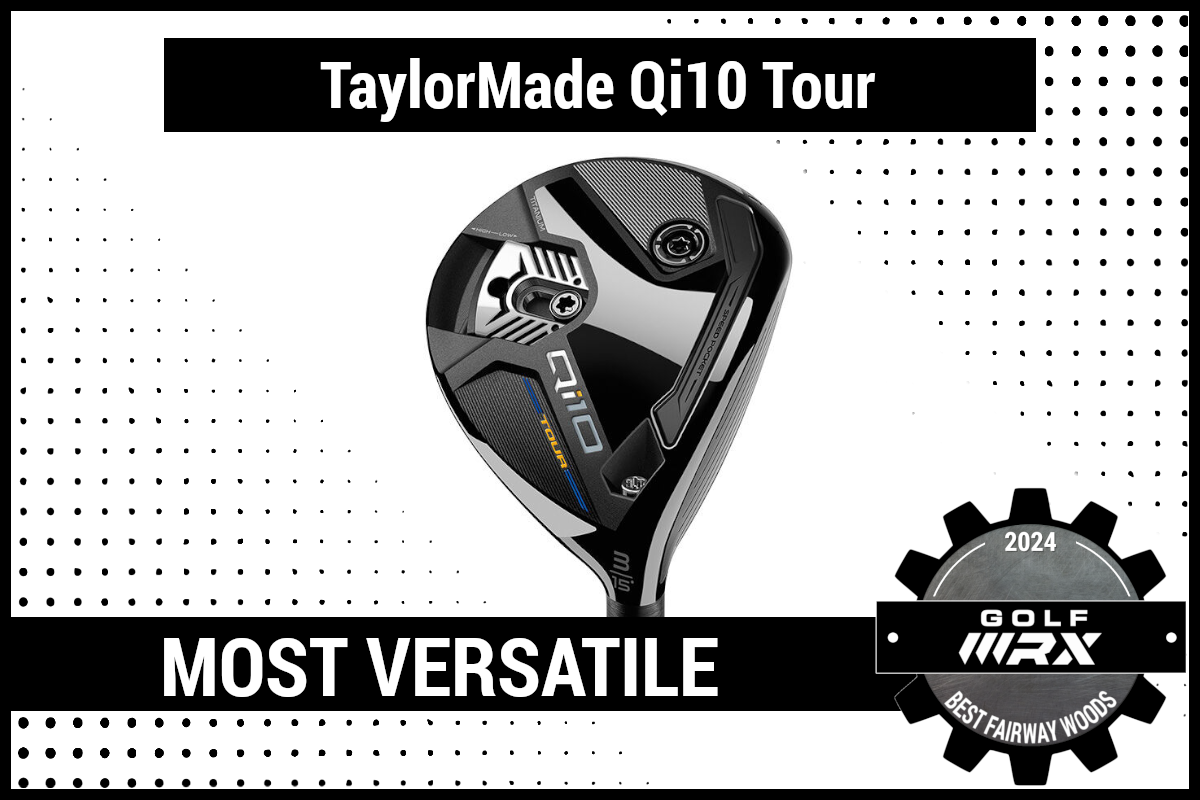
The Qi10 Tour model uses a multi-material titanium-carbon construction and offers a more compact head shape, equipped with a moveable 50-gram weight in the sole for precise weight placement. By placing the sliding weight further back in the head, golfers can achieve a higher launch and more stability, whereas placing the weight further forward helps achieve a lower-spin and more penetrating ball flight.
For the full technology breakdown, check out our launch piece.
Titleist TSR3
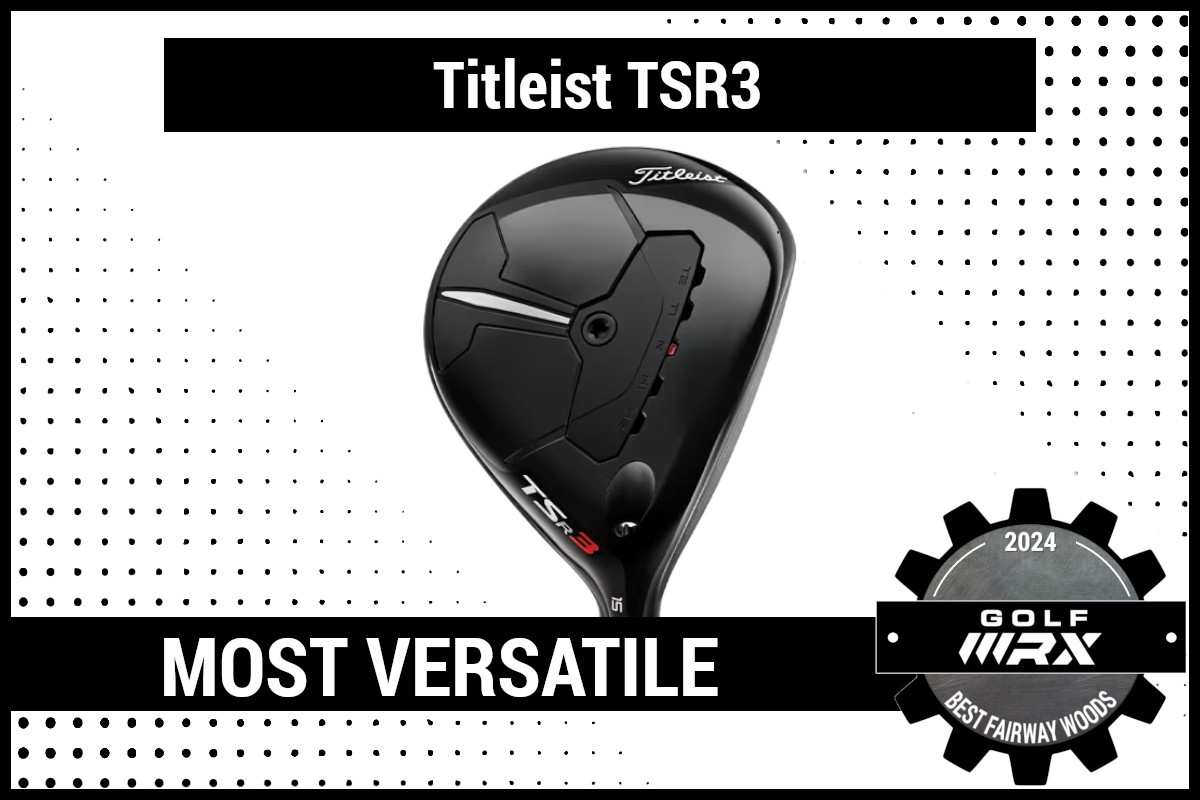
Titleist’s adjustability-focused fairway wood is designed with a new, easy-to-adjust 5-position SureFit Adjustable CG Track System to fine-tune performance. It features the same Open Hosel Construction as TSR2 fairways. The TSR3’s CG has been positioned deeper, slightly lower, and closer to face center to provide easy, high launch with plenty of forgiveness.
For the full technology breakdown, check out our launch piece.
Most forgiving fairway woods of 2024

TaylorMade Qi10 Max
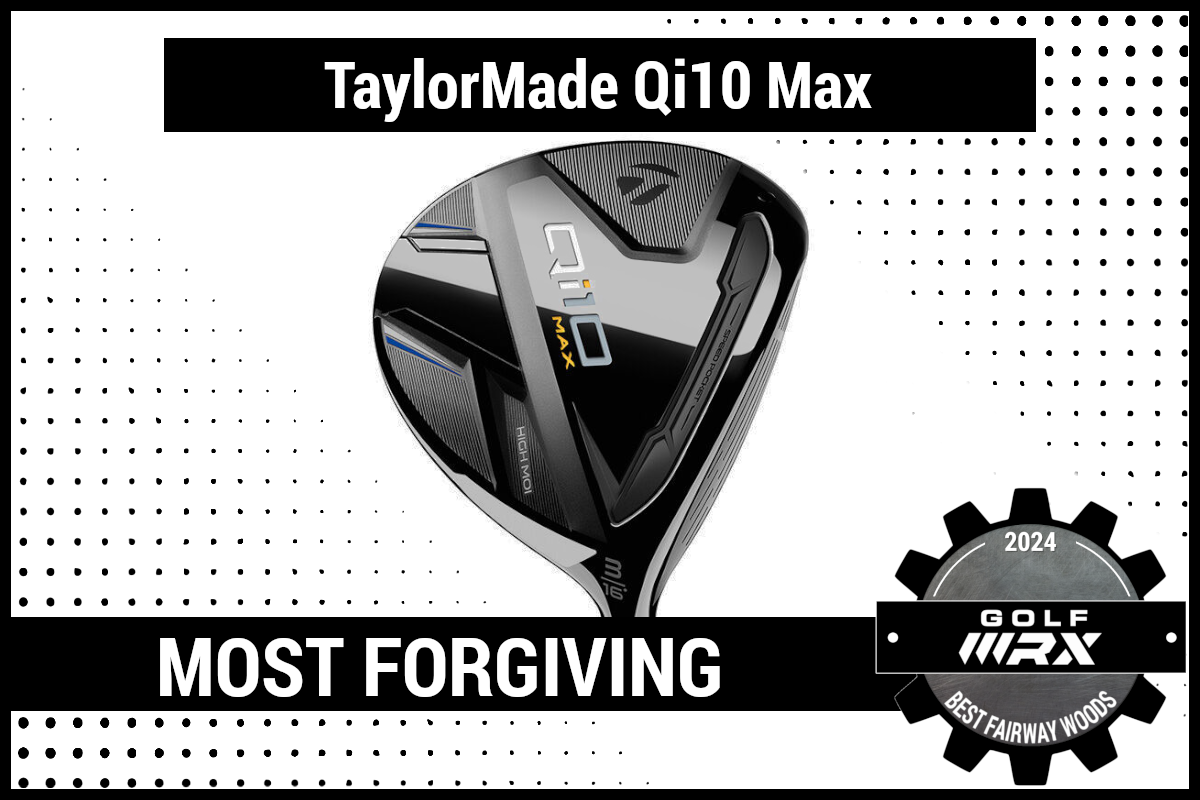
The Qi10 Max fairway wood heads use the company’s “Infinity Carbon Crown” that helped free up weight to be placed lower in the heads, helping achieve higher inertia and an enlarged face profile to boost ball speeds across their faces. Compared to the standard Qi10 model, the Qi10 Max has a larger front-to-back shape and shallower profile that’s designed for increased forgiveness and playability.
For the full technology breakdown, check out our launch piece.
Ping G430 Max
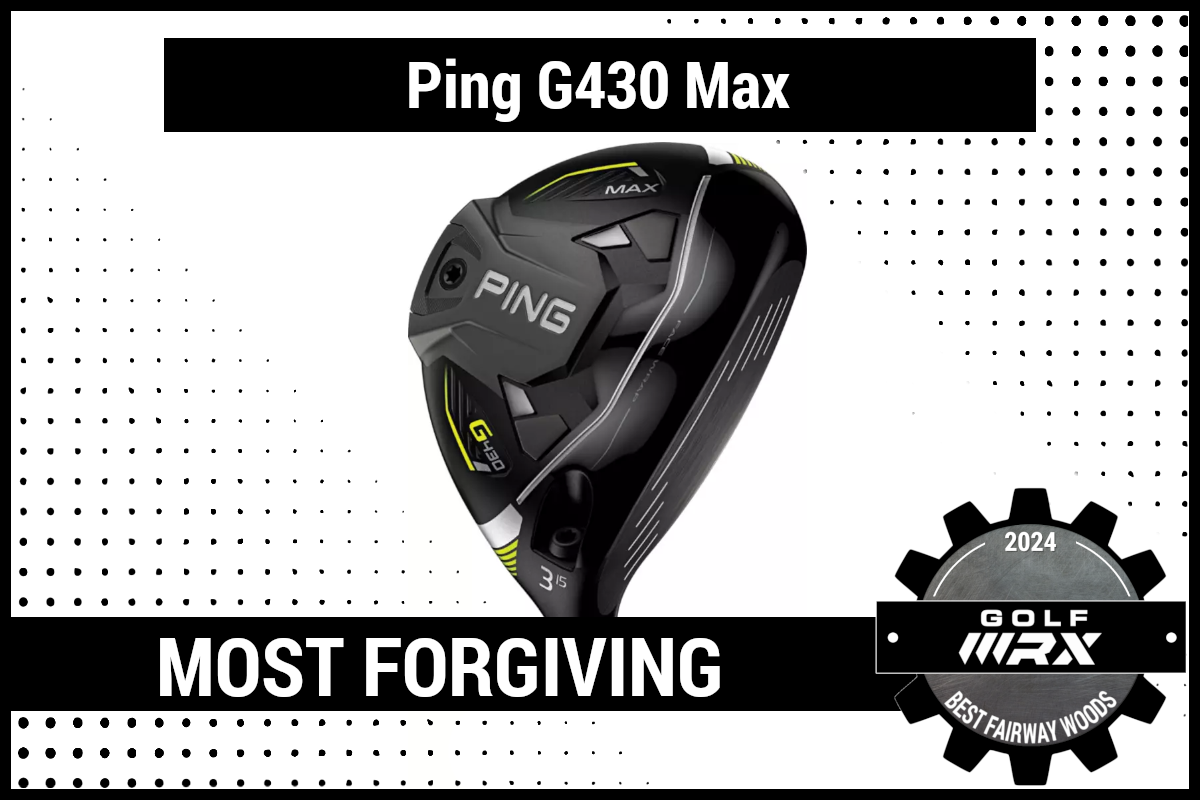
Ping developed Carbonfly Wrap in a bid to deliver more distance by positioning the CG closer to the face to maximize ball speed, resulting in higher, longer carries. The lightweight composite crown wraps into the heel and toe sections of the skirt, creating weight savings of 10 grams, which are reallocated to achieve the lower CG and increase ball speed. The composite also plays a role in the pleasing sound, while a tungsten backweight extends the perimeter weighting to ensure forgiveness.
For the full technology breakdown, check out our launch piece.
Callaway Paradym Ai Smoke Max
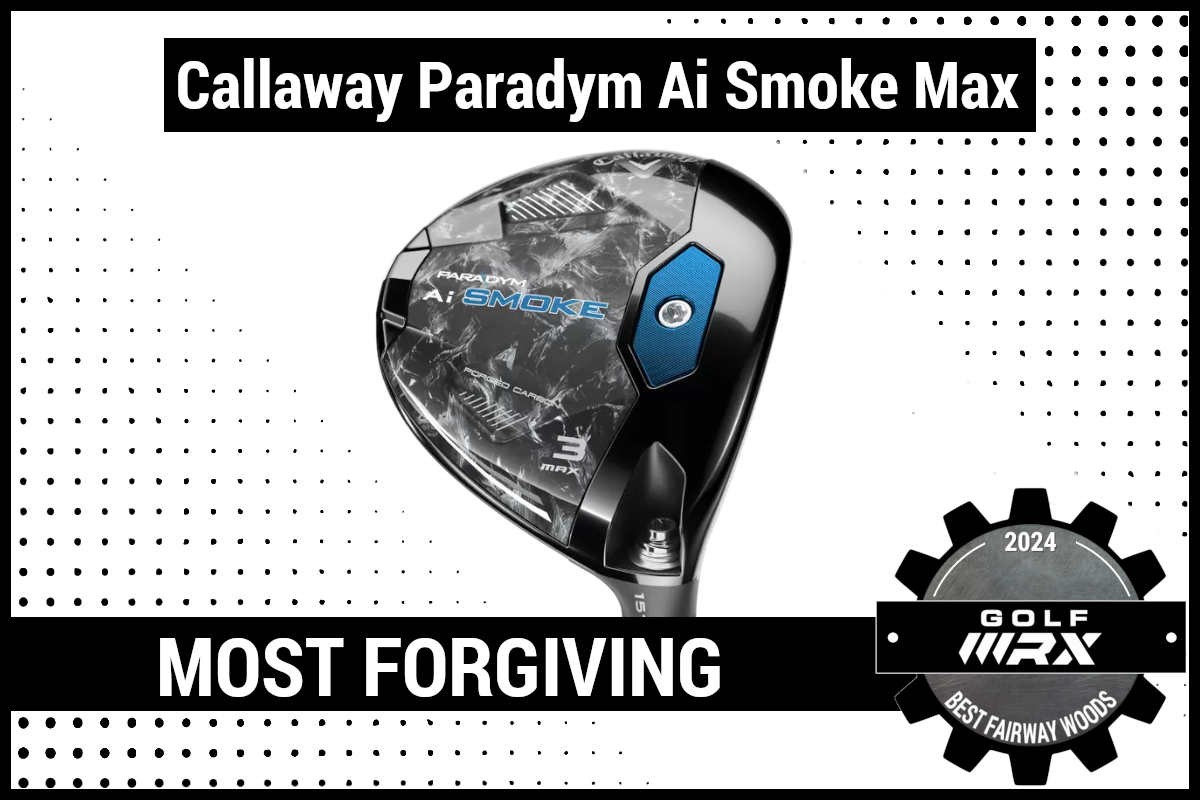
Ai Smart Face — the centerpiece of Callaway’s Paradym Ai Smoke drivers — is also the key technology of new Callaway Paradym Ai Smoke fairway woods and hybrids. As with the drivers, the carbon chassis is lighter, allowing for 24 grams of weight to be redistributed throughout the head for enhanced launch, spin, and forgiveness. As utilized in Paradym, engineers leverage a tungsten speed cartridge to push CG low and forward.
For the full technology breakdown, check out our launch piece.
Cobra Darkspeed Max
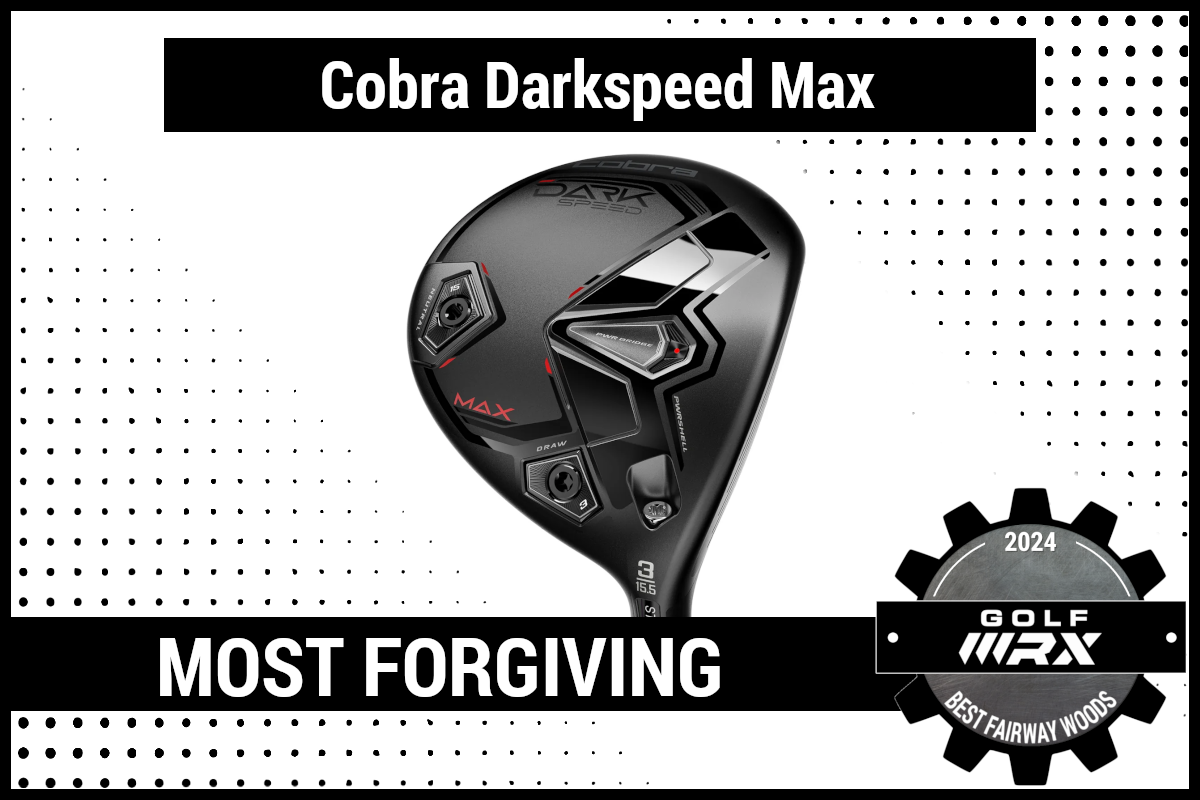
Cobra’s draw-biased model is built for the player who needs forgiveness. Depending on the weight configuration, either greater forgiveness or more draw bias can be targeted. The draw-biased Max model is the most forgiving in the lineup. Here the weights are 12 and three grams and are situated in the rear and heel of the club to achieve the desired launch and ball flight.
For the full technology breakdown, check out our launch piece.
Titleist TSR2
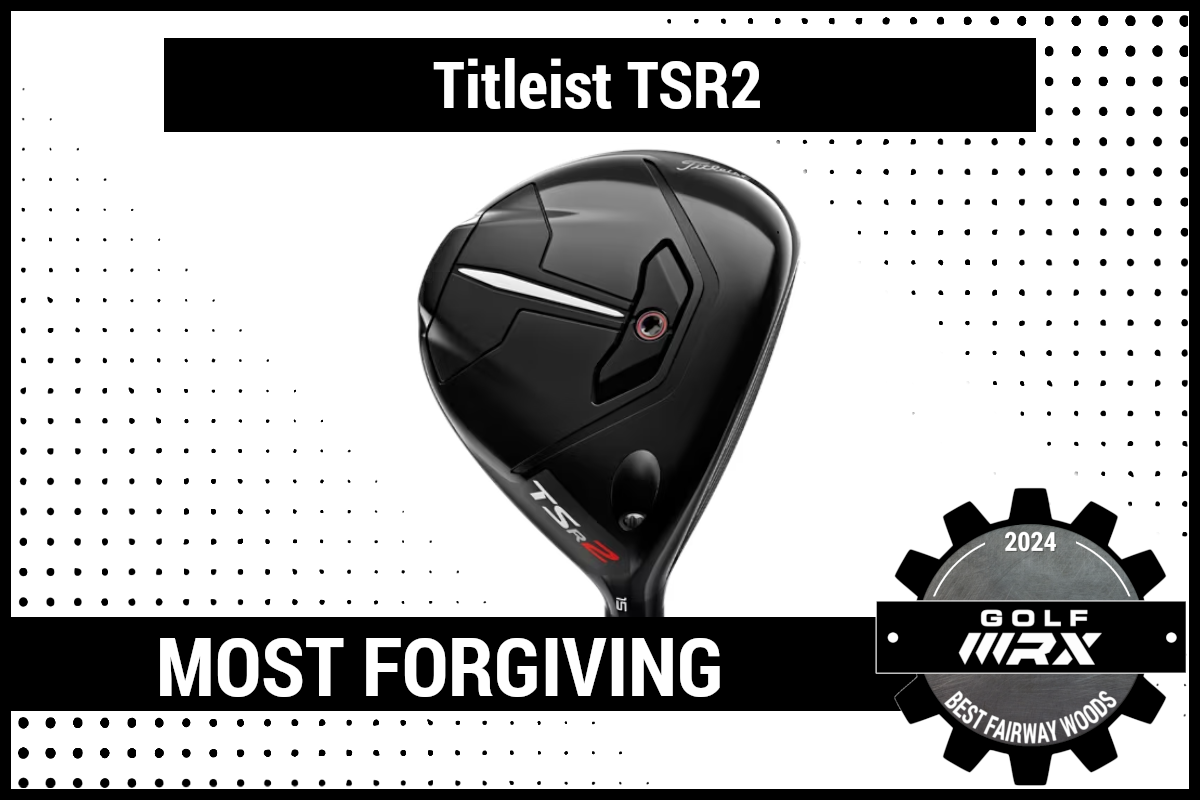
TSR2 fairways feature the lowest CG in Titleist history for an all-steel construction designed to create speed and launch without excessive spin. New Open Hosel Construction created space for sizable improvements to key areas of performance by removing unwanted weight high and towards the heel.
For the full technology breakdown, check out our launch piece.
Again, we can’t thank the fitters enough for their time, and we hope that in your search for your best fairway wood for 2024, we can help you find it!
Best fairway woods of 2024: Meet the fitters
- Adam Rathe: Club Champion
- Adam Scotto: Club Champion
- Adam Seitz: Club Champion
- Aidan Mena: Club Champion
- Alex Dice: Carl’s Golfland
- Alex Praeger: Club Champion
- Ben Giunta: The Tour Van
- Blake Smith, PGA: True Spec
- Bo Gorman: True Spec
- Brad Coffield: Carl’s Golfland
- Brett Ott: Club Champion
- Brian Riley: Club Champion
- Cameron Scudder: Club Champion
- Carmen Corvino: True Spec
- Christian Sandler: Club Champion
- Clare Cornelius: Cool Clubs
- Dan Palmisano: Club Champion
- Dane Byers: Club Champion
- Darren Joubert: Club Champion
- Dennis Huggins: Club Champion
- Drew Koch: Club Champion
- Eric Touchet: Touchet Performance Golf
- Erik Gonzales: Club Champion
- Evan Morrison: Club Champion
- Gus Alzate: True Spec
- Jake Medlen: Stripe Show Club Fitters
- Jake Woolston: Club Champion
- Jake Wynd: Club Champion
- Jay Marino: Club Champion
- Jeremy Olsen: Club Champion
- Jim Yenser: Club Champion
- Joe Stefan: Club Champion
- Joey Simon, PGA: Club Champion
- Jonathan Kaye: Club Champion
- Jordan Patrick: True Spec
- Jordan Rollins: Club Champion
- Kevin Arabejo: Club Champion
- Kevin Downey: Club Champion
- Kirk Oguri: Pete’s Golf
- Kyle Lane: Club Champion
- Kyle Murao: Club Champion
- Marc Roybal: True Spec
- Mark Hymerling: Club Champion
- Mark Knapp: Carl’s Golfland
- Matt Miller: Club Champion
- Matt Rish: Club Champion
- Matthew Gandolfi: Club Champion
- Mike Martysiewicz: Club Champion
- Mike Weis: Club Champion
- Mitch Schneider: Club Champion
- Nicholas Barone: Club Champion
- Nick Sherburne: Club Champion
- Nick Waterworth: Haggin Oaks
- Preston Vanderfinch: Club Champion
- Rick Lane: Club Champion
- Rob Anderson, PGA: Club Champion
- Russell Hubby: Club Champion
- Ryan Fisher: Grips Golf
- Ryan Grimes: Club Champion
- Ryan Johnson: Carl’s Golfland Bloomfield Hills
- Sam Kim: True Spec
- Scott Sikorski: Club Champion
- Scott Felix: Felix Club Works
- Scott Trent: Club Champion
- Sean Pfeil: Club Champion
- Shaun Fagan: True Spec
- Steve Harrow: Club Champion
- Tad Artrip: Club Champion
- Thomas Mattaini: Pull the Pin
- Tony Rhode: True Clubs
- William Buse: Club Champion
- William Cho: NovoGolf
- William Fields: Club Champion
Join the discussion about the best fairway woods of 2024 in the forums.
- RELATED: Best driver 2024: Most forgiving driver
- RELATED: Best driver 2024: Expert club fitters recommend the best driver for your swing speed
- LIKE2
- LEGIT1
- WOW0
- LOL0
- IDHT0
- FLOP0
- OB0
- SHANK4
-
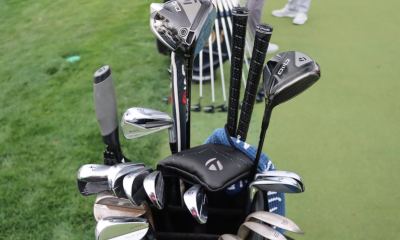
 Whats in the Bag2 weeks ago
Whats in the Bag2 weeks agoScottie Scheffler WITB 2024 (March)
-
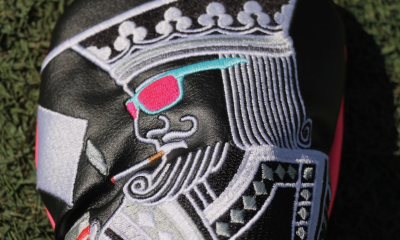
 Tour Photo Galleries2 weeks ago
Tour Photo Galleries2 weeks agoPhotos from the 2024 Arnold Palmer Invitational
-
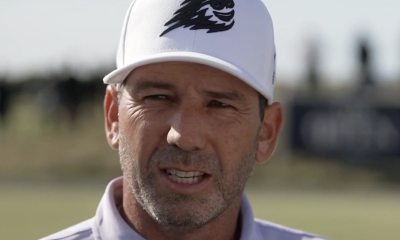
 19th Hole3 weeks ago
19th Hole3 weeks agoThe total sum that Sergio Garcia needs to pay in fines if he wants to return to DP World Tour revealed
-
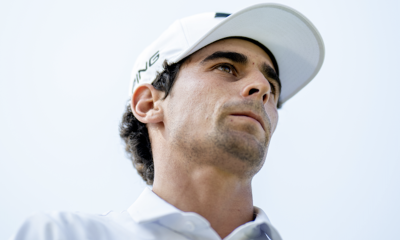
 19th Hole2 weeks ago
19th Hole2 weeks agoJoaquin Niemann names 3 PGA Tour events he’d love to play each year ‘in a perfect world’
-
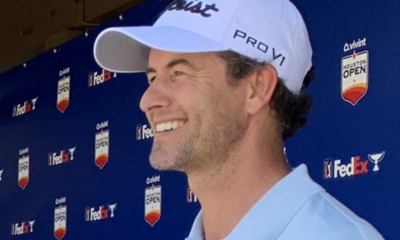
 19th Hole2 weeks ago
19th Hole2 weeks ago‘Seems suspect’ – PGA Tour pro hits out at decision to hand Adam Scott and Webb Simpson Bay Hill sponsor exemptions
-
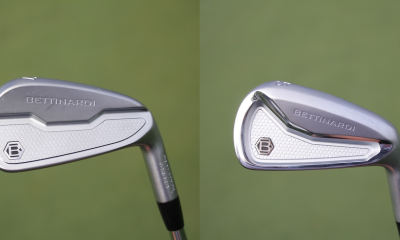
 Equipment2 weeks ago
Equipment2 weeks agoSpotted: Bettinardi irons at the Arnold Palmer Invitational
-

 19th Hole2 weeks ago
19th Hole2 weeks agoPaulina Gretzky opens up on receiving death threats following DJ’s move to LIV Golf
-
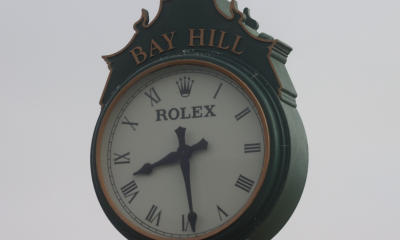
 19th Hole2 weeks ago
19th Hole2 weeks agoVincenzi’s 2024 Arnold Palmer Invitational betting preview: Big names ready to pounce at Bay Hill



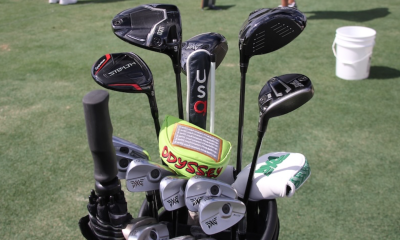

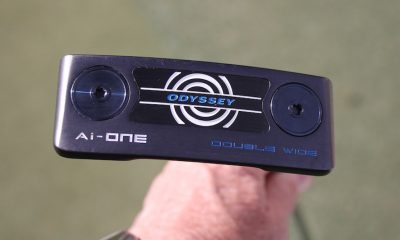

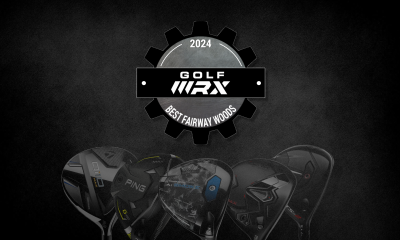





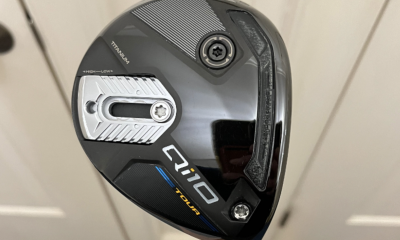











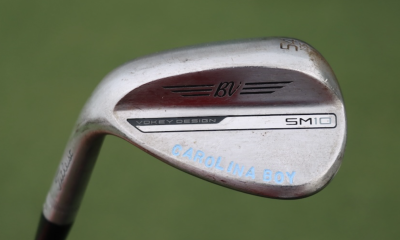

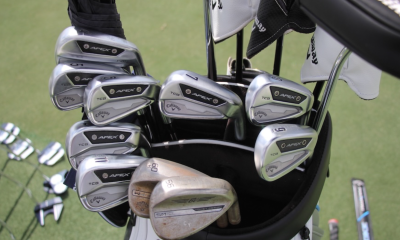

one word
Oct 7, 2023 at 6:36 pm
Great post! I’m a big fan of Ping irons and have tried a few over the years. I think my favorite is the PING G5.
Yes Or No Spinner
Jan 31, 2023 at 7:06 pm
Great post! I’m a big fan of Ping irons and have tried a few over the years. I think my favorite is the PING G5.
Jeff Hoagland
Jan 23, 2023 at 4:15 pm
Love my i3 blades. Just started playing with them again and wondered why I ever stopped! Bought them when my oldest daughter was born 19 years ago. Both are fantastic!
Bob
Oct 11, 2022 at 11:36 pm
The ISI is the sum of Karsten Solheim’s work in irons and wedges to the mid 90’s. He died in early 2000. It combined all the best features of the Eye and Zing series into this final design.
I have 3 sets of irons that I will never sell and the ISI is one of them.
Jack
May 6, 2023 at 3:04 pm
What are the other two set?
P.T.Deming
May 28, 2023 at 12:59 am
I still love my ISI-K irons. I have hit newer Callaways , Taylor Made’s and newer Ping’s. The newer clubs are nice but gimme my good old Ping ISI-K’s please!!
tungsten rings
Apr 18, 2022 at 4:50 am
I got this website from my buddy who informed me about this
website and now this time I am browsing this site and reading very informative
content at this place.
Mark Woytalewicz
Jul 7, 2021 at 10:30 am
Shot my best round ever (69) with the ISI-S Nickel irons in the late 90’s. I have a set of the be-cu ISI-S for the last 10 years, sent them to Ping to be re-shafted, gripped, and cleaned up, I take them out once in a while, last time out shot 73 with 30 year old irons, not the arrow, it’s the Indian.
Donn Rutkoff
Mar 19, 2021 at 2:29 pm
Quick question. I have a ISI 5 iron, it is copper color but does not say BeCu anywhere. did Ping put “BeCu” anywhere on the ISI copper heads? It is genuine Ping, a z-Z65 shaft and old Ping stripey grip.
mick
Apr 27, 2020 at 1:45 pm
PING I3 Blades. Still awesome !!!
Growing in Ping Appreciation
Apr 21, 2020 at 8:45 am
I was never a fan of Ping irons growing up and thought they should be illegal. However, since seeing the progression of the iron development over the years and going to Phoenix to see the facilities, I have a tremendous appreciation for the family, the company and the engineering of the designs. I liked several models since 2000 but loved the i10 with ZZ lite. At the time, it was one of the best irons I had ever played. The S57, S56 and S55 were tremendous as well. Now, the iblade is my all time favorite iron! The iblade looks wonderful, is solid, soft, and glides through the turf exceptionally well for me. The trajectory is beautiful and the ball stops great. other than the fact I love to play blades and test new things, it will be hard to get these out of my bag. I may have to get a back-up set!
BillyG
Apr 20, 2020 at 11:32 pm
When was the micro taper offered as the stock shaft in the Eye 2?
Shallowface
Apr 21, 2020 at 7:56 am
It never was the stock shaft, but it was an option they offered for years.
BillyG
Apr 21, 2020 at 8:40 pm
Thanks! I had a set of copper Eye 2 that had that shaft. I did not know the year because they were used. Thought maybe the shaft offering could help. Wish I had not sold them because they were 1-LW. Even had an old Dale Head Anser.
M.Coz
Apr 20, 2020 at 4:22 pm
Without the K-1 there may have never been any Ping iron business! They were dramatically different from anything ever made up to that point. Nothing was even close. Popularized investment cast irons, first really successful offset iron. The first playable and well used 1-iron that by itself found its way into golf bags everywhere especially on Tours round the world. I still have my set of K-1s that I used in College, mine are the flat soled Pre-Dot model. I haven’t played the set in over 46 years, although I continued to carry the 1-iron for many years afterwards. They had really light swingweights and they were a club longer than any other clubs at that time. Interestingly the Eye 2s were actually shorter in distance.
Mark
Apr 20, 2020 at 2:32 pm
I had Ping Eye-2 Red Dot 1-SW back in 83-88. If I remember correctly, I had to wait for them since Ping was backlogged. I eventually sold them to my friend who still has them. I go over to his house just to look at them from time to time.
Chilidip68
Apr 20, 2020 at 12:35 pm
Interesting that you have the S59 2 iron pictured. I have a set of the S59’s I played from ’03-’13. That 2 iron has “negative” bounce and I found it unplayable. The 3 iron was fine for me. I emailed Ping at the time and they said it was to help get under the ball but I think as a design it was a fail. Interested to hear anyone else’s experience with that. I get the concept but just don’t think it works.
Stanley
Apr 30, 2020 at 9:24 am
That’s pretty interesting. Unfortunately, I don’t have have experience with these. But I can say that delofting a club tends to take away bounce. I wonder if the sole was designed specifically for the 2 iron
Stump
Apr 20, 2020 at 12:25 pm
When I started golf, the Eye2 was the HOT club…I could barely afford a no name set of clubs and I longed to have a set of Eye2s. After 30 years, I finally bought a set of the old Eye2s. They are fun to take out occasionally.
CaryK
Apr 20, 2020 at 11:33 am
One of the more interesting stories not mentioned is the Ping Eye2 +/no/+ model that had the highly desired square grooves with the new and improved Eye2+ sole and rear cavity design. They were only made from Nov 1989 to Mar 1990. So it was a VERY limited run. This model does NOT have the “+” symbol in the back cavity. It might be the holy grail of Ping irons. And it’s all part of the Ping lure.
As an FYI, I still have a brand new (numbers matching; 1-LW) set of these historic irons in my closet!
MikeB
Apr 20, 2020 at 11:04 am
Ping Zings were my very first set of brand name irons, even had the Zing2 driver. Also owned all three versions of the ISI irons, stainless, copper and nickel. The BeCu ones I had the longest, and shot my lowest round, 5 under 67 in the late 90’s. I remember playing on sand based soil for the first time, with the BeCu, in Santee, SC, and about cried when the softness of the copper met sand, oh my the “gouging” on the face! Being anal isn’t very relaxing, kept plenty of Coca-Cola on hand to keep them nice and shiny. Recieved a matching numbers set of EYE2’s BeCu as a birthday gift back in the early 2000’s, played them one time, then returned them. With the grooves, didn’t like the enhanced spin because everything kept coming up short, aside from that, they felt great but didn’t replace the ISI’s. Played the TiSI driver, cringed at the time paying I think $200, until the face caved, and was sent the TiSI Tec as a replacement. Was definitely a PING fanboy back in the day, still use on occasion for fun the 1A putter, and have Glide 2 wedges in the bag.
David G Scheiffele
Apr 20, 2020 at 10:15 am
Still gaming the I3 Blades after 20 years. I may need to switch shafts soon, but they don’t look any different than after the first season of play.
Bob Jones
Apr 20, 2020 at 9:46 am
When I bought new irons in 2000, it came down to the Ping i3+ and the Hogan Apex blades. Hogan won, but only because of looks. The i3+ were really good irons, too.
Mike arnokd
Apr 20, 2020 at 8:35 pm
They are Tanks. Great USA made irons.
Keith Finley
Apr 20, 2020 at 9:43 am
ISI is not well-liked generally. It was supposed to unite the playability of the eye 2 and stability of Zing 2. It did not.
For many people, the G10 and S58 are benchmark irons – and the last made in USA.
My list (having owned 27 sets of Pings over the years… )
Karsten 1 – ridiculously playable still, started it all.
Eye 2 + – subtle improvements to the icon.
Zing 2 – less ugly than Zing, still fun to play.
G10 – loft to loft practically indistinguishable from new G series for most players.
S56 – finally got the S formula right.
Blueprint – just because.
Colin K
Apr 20, 2020 at 12:18 pm
I don’t agree at all on the ISIs. In fact, I think many people (including, the story goes, Karsten S himself) regarded them as the very best of the ‘classic’ Ping irons. They were a huge improvement on the toe-heavy Zings and the super-thick topline Zing 2s, and were the only Ping iron ever to be released in steel, BeCu and BeNi (as well as oversized, although the ISI-Ks were as clunky as the Zing/2s.
Geoffrey Holland
Apr 20, 2020 at 9:29 am
I’ve had sets of k2s, k3+, and isi nickel. The best Ping club I’ve ever had though is your basic eye 2 1 iron, either steel or beryllium.
I’ve never owned a Ping wood but I did probably hit the longest drive I ever hit the very first time I ever swung an old laminated eye 2 driver. Just ridiculously long.
JB
Apr 20, 2020 at 8:59 am
How in the world are the S55’s not on the list???
Clay
Apr 20, 2020 at 8:51 pm
I have to agree here, I still have a set of S55’s in great condition and haven’t found anything that beats them. A limited few irons are as good, but not better.
gallas2
Apr 21, 2020 at 9:18 am
agree. S55’s are still used on tour (Mackenzie Hughs and others) and Champions tour (Scott McCarron). Also conspicuous is their absence are my all time fav Ping i5’s. Used by many tour pros including Calcavechia (who used them in part to set the tour record 9 birdies in a row at Canadian Open I believe….)
Shallowface
Apr 20, 2020 at 8:52 am
I have a soft spot for the older Pings, particularly the EYE and the Karsten II. I just preferred the shape of those heads to the EYE2.
I still regularly use the I3 O-Size irons and the original EYE2 Sand Wedge.